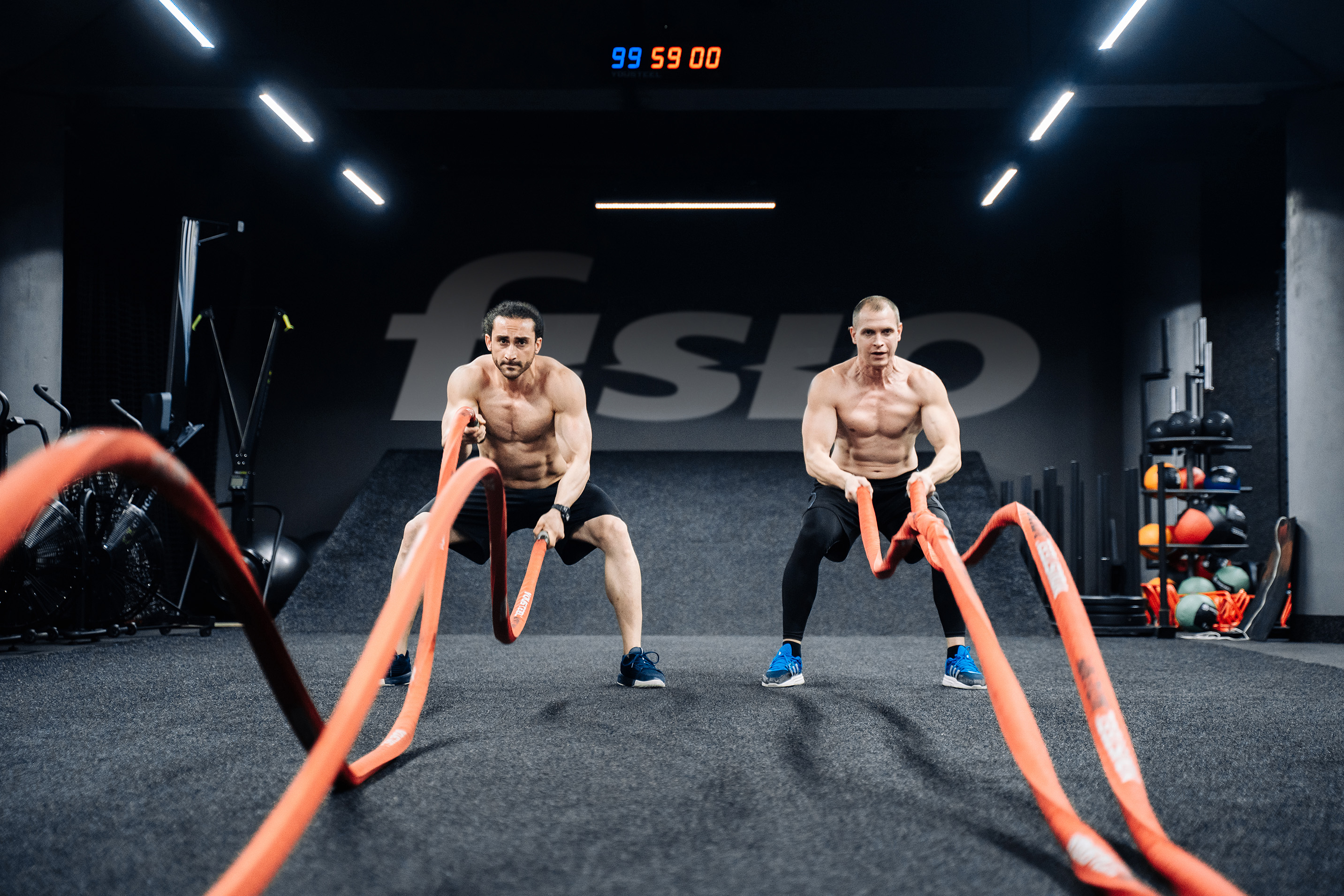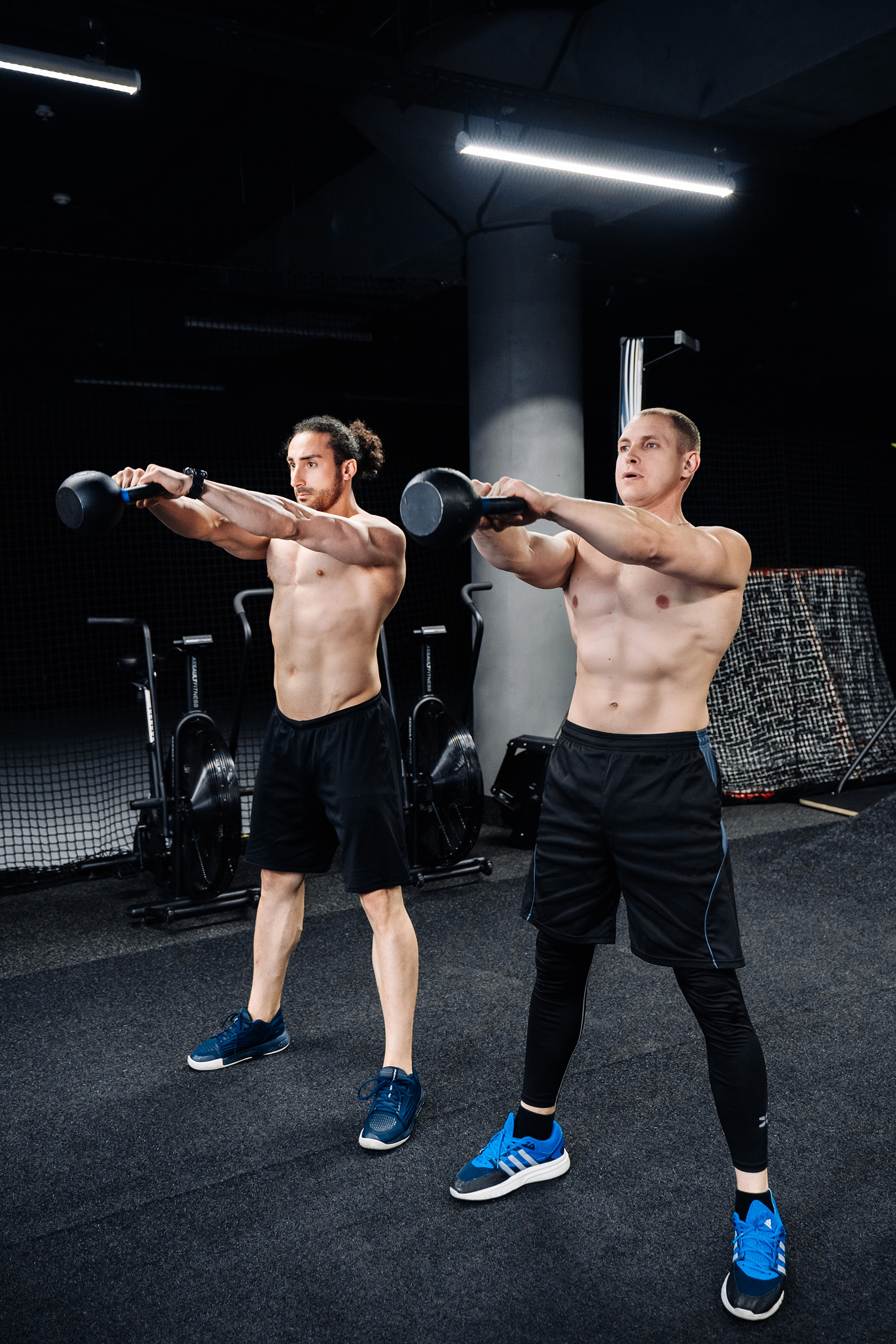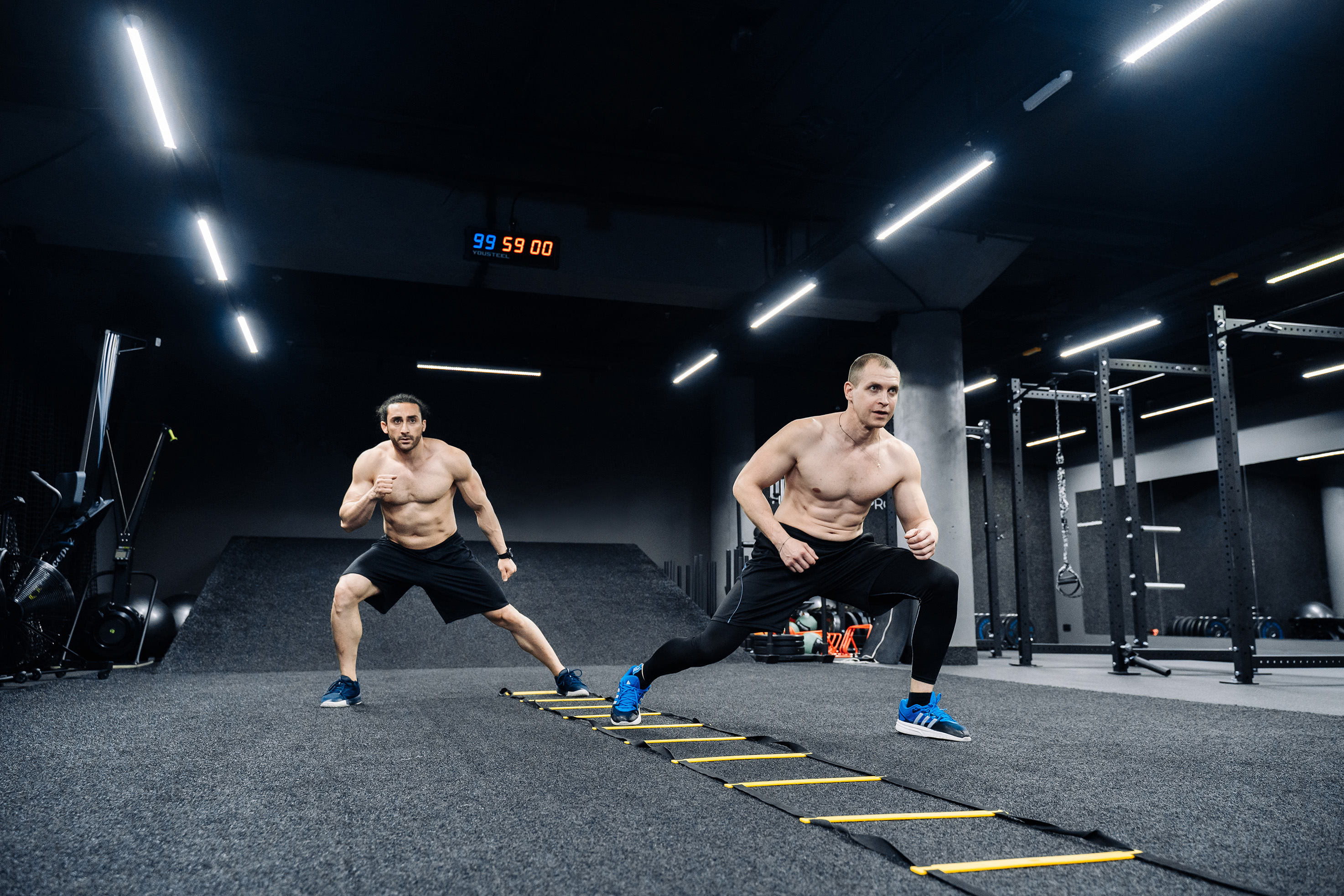The importance of movement
Human activity has a direct impact on overall body health. The musculoskeletal system, the circulatory and respiratory organs, nervous system functions and even the hormonal system all depend on moderate and regular muscle activity. Unfortunately, a sedentary contemporary lifestyle leads to a weaker and fast aging body. Let's take a closer look at how the body's systems react to hypodynamia (lack of movement).
CARDIOVASCULAR SYSTEM
Our bodies are built for continual, moderate exercise. When the body does not get it, the functioning structures contract, and everything that does not participate in the process of life is cut off.
First of all there are changes in the cardiovascular system.
The number of redundant vessels decreases, the capillary network shrinks and the blood supply to the whole body, including the heart and brain, deteriorates. The smallest clot can cause serious consequences, because if the system of redundant circulatory pathways is not developed, a blockage in one vessel “cuts off” a large area from power.
With increased mobility, the body's backup blood supply is quite well restored and blood clots appear much later and less frequently, as there is no stagnation in the body and they become less damaging in general.
The heart is significantly impacted by movement, which activates its activity. The heart muscle gradually becomes more trained and ready for physical activity. During even light exercise, the heart works more frequently, gradually increases in size and power, and becomes capable of pumping a larger volume of blood per unit time.
MUSCULOSKELETAL SYSTEM
Lack of movement causes skeletal muscle atrophy and degeneration to start. Muscle fibres lose weight and tone as they get thinner.
Compared to a lack of food, which the body conveys quite quickly and intuitively, muscle starvation can be more harmful (the feeling of hunger is known to everyone and requires no explanation). Whereas with hypokinesia (reduced body movement activity) and hypodynamia (reduced muscle activity) the body is relaxed, it is in a constant state of rest and the body does not warn its host that muscle tone has decreased. The consequences turn out to be quite negative, for instance, atrophied back muscles can lead to curvature of the spine, and weak abdominal muscles will not protect and sufficiently hold the abdominal organs.
It is important to note the important link between movement activity and joint health. Like all other tissues, their cartilage tissue is nourished by blood, but the joints do not have very large blood vessels and their blood flow rate is low.With age, the natural nutrition of the joints decreases and if one does not increase blood flow through movement activity, this will lead to early destruction of the cartilage.
RESPIRATORY SYSTEM
If there is no movement, alterations in the respiratory system will take place. The amplitude of breathing movements decreases, especially the ability to exhale deeply. This increases the volume of residual air, which negatively impacts lung gas exchange. Additionally, lung capacity decreases, which gradually results in a lack of oxygen.
It is important to note that a person who engages in regular physical exercise has a more rational respiratory system than someone who is not trained, and their breathing is deeper and more rhythmic. The frequency of breathing decreases, which saves the work of the respiratory muscles and makes them stronger and more resilient. This better breathing process also has a beneficial effect on blood circulation.
LYMPHATIC SYSTEM
Lymph is the intercellular fluid that moves between cells in the body. It delivers essential substances to the cells and expels their waste products. If the lymphatic system fails, all the waste products of the cells look for additional ways to escape, such as through the skin. This can lead to a general deterioration of the skin. If the lymphatic system isn't working properly, the liver, kidneys, and intestines are also put under extra stress.
One of the factors affecting the lymphatic system is often a sedentary lifestyle, while physical activity increases lymph flow by 3-4 times.
NERVOUS SYSTEM
You would think about what might be a connection between mobility and the brain. But they are directly connected.
The strength and balance of the nerve systems (excitation and inhibition), which serve as the foundation for the physiological activity of the brain, are noticeable even with minimal physical activity.
Hypodynamia causes the brain's blood supply and oxygen supply to be decreased, which leads to poor nervous system performance, resulting in fatigue, attention problems, and a decreased ability to handle stress.
Pay attention to the mental clarity that emerges after moderate physical activity, even after a hard day at work.
HUMORAL SYSTEM
Humoral regulation is a mechanism used by hormones to maintain the body's internal environment.
Hormone levels are also directly related to your activity level:
- Somatotropin (growth hormone), the first hormone produced during physical activity. It strengthens the musculoskeletal system and makes it more resistant to injury;
- Adrenaline activates all body systems, increases speed and strength performance, and promotes fat and glucose metabolism;
- Dopamine (feel-good hormone) is produced in the brain and its main task is to create feelings of satisfaction, love and happiness. It is actively produced in response to physical activity.
These are not all hormones that are actively produced during minimal activity.
A trained body is able to adapt quickly to changing conditions, switch on reserves and use energy wisely. Most importantly, it stays active, mobile and young for longer.
IMMUNE SYSTEM
The immune system is a vast network of cells, tissues and organs. Its main task is to maintain a healthy balance in the body's functioning.
Moderate physical activity has a positive effect on the immune system. During active movement, the circulation of immunoglobulins and natural killer cells increases, which lasts for up to 3 hours after exercise. Although this exercise-induced increase in immune cells is temporary, it improves the body's overall control of pathogens.
In order to understand how exercise impacts the immune system, researchers at Iowa State University in the USA undertook an experiment in 2009. The experiment included mice from 3 different groups. The first group received no additional activity, the second group engaged in moderate exercise for 14 weeks, and the third group engaged in a pre-experiment 45-minute running activity. All the mice were then infected with the influenza virus.
As the researchers expected, the well-trained animals showed a higher resistance to the disease and had fewer symptoms. The results of the third group were better than the first, but the effects of irregular exercise were not long-lasting either.
It has helped to confirm that regular physical activity has a beneficial effect on the immune system and the body's resistance.
Unfortunately, with our huge workloads, we often can't find the time or sometimes the energy to go to a fitness center.
List of references:
1. Khlebnikov V. A. Respiratory system functions during physical exercises // Science and education: Search for new perspectives in conditions of COVID-19 pandemic: Collection of scientific papers based on International Scientific-Practical Conference on September 11, 2020. Belgorod: Agency for Advanced Scientific Research (APNI) Ltd, 2020. 77-82 pp.
2. Bulich E.G., Muravov I.V. Human health: Biological basis of life activity and motor activity in its stimulation. - K.: Olympic literature, 2003. - 424 p.
3. Galimov D. R., Elistratov D. E. Functional state of students with different levels of motor activity // Fundamental scientific research as a factor of society and state competitive ability : collection of scientific works on materials of International Scientific - practical conference on 10 April 2020. Belgorod: Agency for Advanced Scientific Research (APNI) Ltd, 2020.
4. Graevskaya N.D., Dolmatova T.I. Sports medicine: Course of lectures and practical classes. Textbook. -M.: Soviet Sport, 2004. -304 p.
5. Kalinin V.M. 2009. Issues of human health and its relationship to motor activity. Vestnik KemSU.
The Fisio functional loops are the ideal trainer for increasing physical activity, helping your body in recovery, and maintaining the tone of all body systems.



